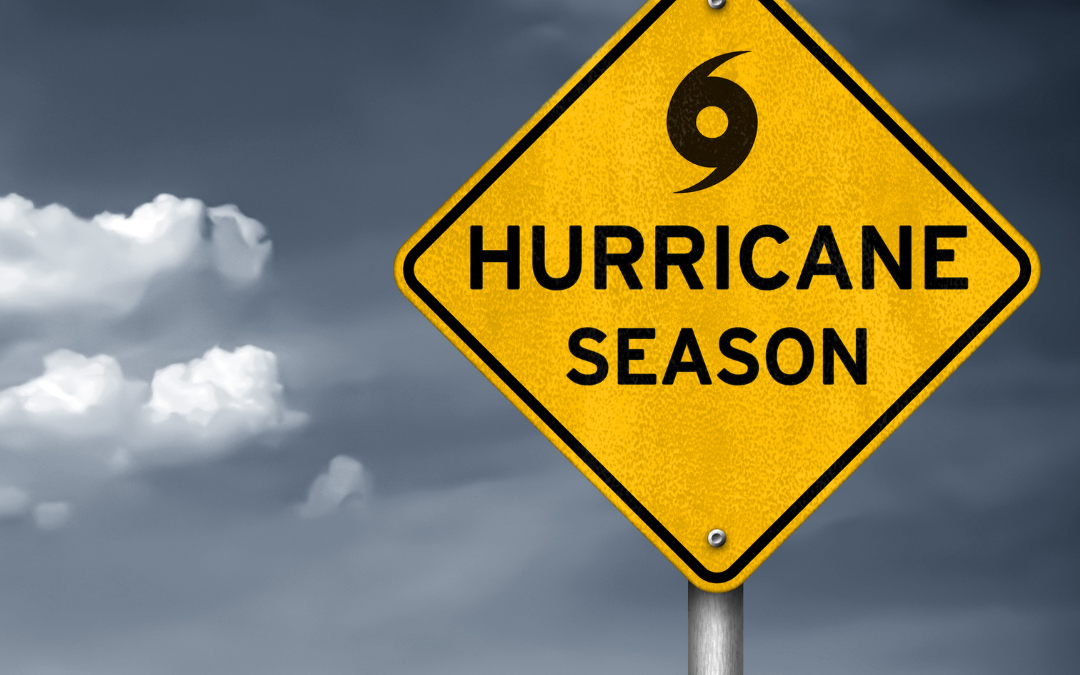The 2022 Atlantic hurricane season is set to begin on June 1st. This year’s hurricane season is anticipated to be particularly active, as indicated by the predictions from scientists at Colorado State University. Researchers have stated, “Residents living along United States coastlines should prepare for an above-average probability for major hurricanes making landfall.“
As a business owner, what does this mean for you? Severe weather, including hurricanes, consistently impacts businesses of all sizes. It often disrupts operations, affecting profitability and service delivery. Therefore, it’s crucial to have a robust business continuity plan in place, especially one that addresses natural disaster recovery.
Recently, several entrepreneurs sought our assistance in creating a plan to navigate potential challenges, such as another pandemic. We conducted a thorough assessment of the company’s operational resilience, focusing on location and team readiness for various scenarios. During this analysis, we identified a gap in financial resilience. Business owners must grasp the significance of engaging with suppliers, ensuring contract integrity, and maintaining credit and cash reserves. Think about a scenario like a hurricane directly impacting your business—a high-impact, short-duration event. Without a well-defined plan, the recovery process can be overwhelming.
Here are proactive steps to safeguard your business during hurricane season:
1) Plan, Prepare, Practice: To effectively handle a natural disaster like a hurricane, you need a comprehensive plan. Ensuring normal business operations during a disaster’s onset is exceptionally challenging without a pre-established plan. Your business continuity plan should identify critical areas and infrastructure, establish backup off-site data storage centers, and outline the removal of mission-critical equipment from vulnerable areas. Waiting until a disaster strikes is not a viable strategy. Preparing now will reduce business owners’ pressure and stress when a disaster occurs.
2) Back Up Your Data: Imagine the impact of a complete data loss on your business operations. Regardless of continuity planning, every business owner should securely back up data offsite. The recovery process becomes significantly smoother with adequate data backup. Ensure that your key management personnel understand your business’s data backup procedures.
3) Protect Your Physical Location: While planning for disasters and emergencies, we often focus on safeguarding critical processes within our businesses. However, we sometimes overlook the physical locations and measures we can implement to fortify them. Simple actions like boarding up windows and doors can enhance the resilience of your business premises.
4) Enable Remote Work: Consider allowing your workforce to work remotely, reducing liability and potentially relocating them outside the impact area. Incorporating remote operations into your business continuity plan is essential, depending on your specific needs. Have contingency plans in place, leveraging modern technology to facilitate remote work.
Incorporating these measures into your business continuity plan can help protect your business during hurricane season and ensure resilience in the face of potential challenges.

